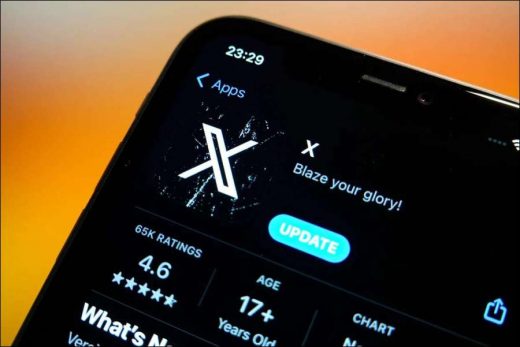
Nearly one year has passed since Elon Musk bought Twitter. Hard to believe, isn’t it? We feel like we’ve been going through this ordeal for at least 5 years. Musk’s management of Twitter paints such an extraordinary picture of failure that even those who were initially the most pessimistic about his purchase of the platform (and his general personality) today find themselves wondering, ‘Why did I become such an optimistic person?’ he began to question.
Let’s remember: What happened?
He started by firing the company’s key executives. Then he laid off 5 thousand people (equivalent to 2/3 of the company). Community management units and content security suffered the most.
He removed the blue ticks of celebrities, journalists and experts who refused to pay $8. It has made it practical for fraudsters to imitate real people and institutions. A verified account impersonating the pharmaceutical company Eli Lilly said ‘insulin is free’, and the company’s shares crashed.
By introducing a revenue sharing model, it has provided a very powerful new motivation for those who will do ‘anything’ to engage. The site has become a center of disinformation and provocative posts.
He replaced Twitter, one of the most powerful brands in the world, with the letter X. Not even a feather remained from the Famous Bird. He traded the unique habit of tweeting for the word post, which is found all over the internet.
Mastodon blocked links to its competitors such as Instagram for a while. He slowed down links to the New York Times, which he didn’t like.
When his own Super Bowl tweet received less interaction from Biden, he added a ‘multiplier’ to the algorithm that would show his own tweets more.
What did these cause?
In November 2022, Musk said that after the acquisition, daily active users increased from 254 million to 260. However, CEO Linda Yaccarino announced last month that daily users were 245 million. This shows a loss of 3.7 percent.
In November last year, there were an average of 2 million new user registrations per day and users spent 8 billion active minutes on the platform. However, according to the recent report announced by Yaccarino, daily records dropped to 1.5 million and minutes to 7.8 billion.
According to Sensor Tower, X was the only social media platform that lost daily active mobile users in the last year. (16 percent)
It’s not just users who get away. Advertisers are also migrating from Musk’s world. Following the acquisition, half of the biggest advertisers stopped advertising due to Musk’s content moderation policy and other ‘unpredictability’.
Twitter’s advertising revenue has increased every month for the last year. According to August data, Twitter advertising revenues decreased by 60 percent in 10 months.
There is one area that is on the rise on Musk’s Twitter: Premium memberships. There was not much investment in the product previously known as Twitter Blue, it was considered an experimental product. Today, subscribers are seen as the only basis to close the billion-dollar gap caused by advertiser loss. So is this possible?
In August, Mashable published data from independent researcher Travis Brown. Accordingly, it is estimated that there are
approximately 1 million subscribers paying $8. However, this number is far from closing the gap in question. If we make a comparison, Snapchat, which opened its subscription system at the same time, has 5 million members.
Long story short; Twitter, which Musk bought for $44 billion, has now turned into an X worth $19 billion.
Next Page; What’s the catch for Twitter rivals?
Visits: 102



